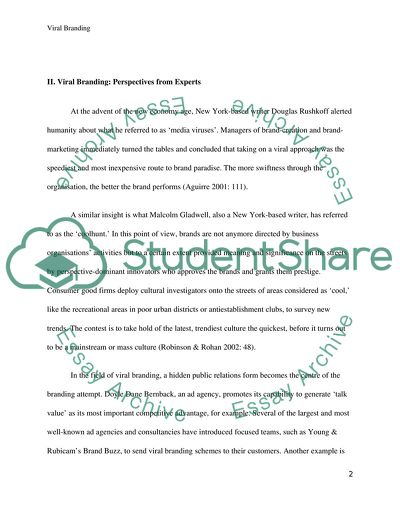Cite this document
(Viral Branding Coursework Example | Topics and Well Written Essays - 1750 words, n.d.)
Viral Branding Coursework Example | Topics and Well Written Essays - 1750 words. https://studentshare.org/marketing/1724026-brand
Viral Branding Coursework Example | Topics and Well Written Essays - 1750 words. https://studentshare.org/marketing/1724026-brand
(Viral Branding Coursework Example | Topics and Well Written Essays - 1750 Words)
Viral Branding Coursework Example | Topics and Well Written Essays - 1750 Words. https://studentshare.org/marketing/1724026-brand.
Viral Branding Coursework Example | Topics and Well Written Essays - 1750 Words. https://studentshare.org/marketing/1724026-brand.
“Viral Branding Coursework Example | Topics and Well Written Essays - 1750 Words”. https://studentshare.org/marketing/1724026-brand.


